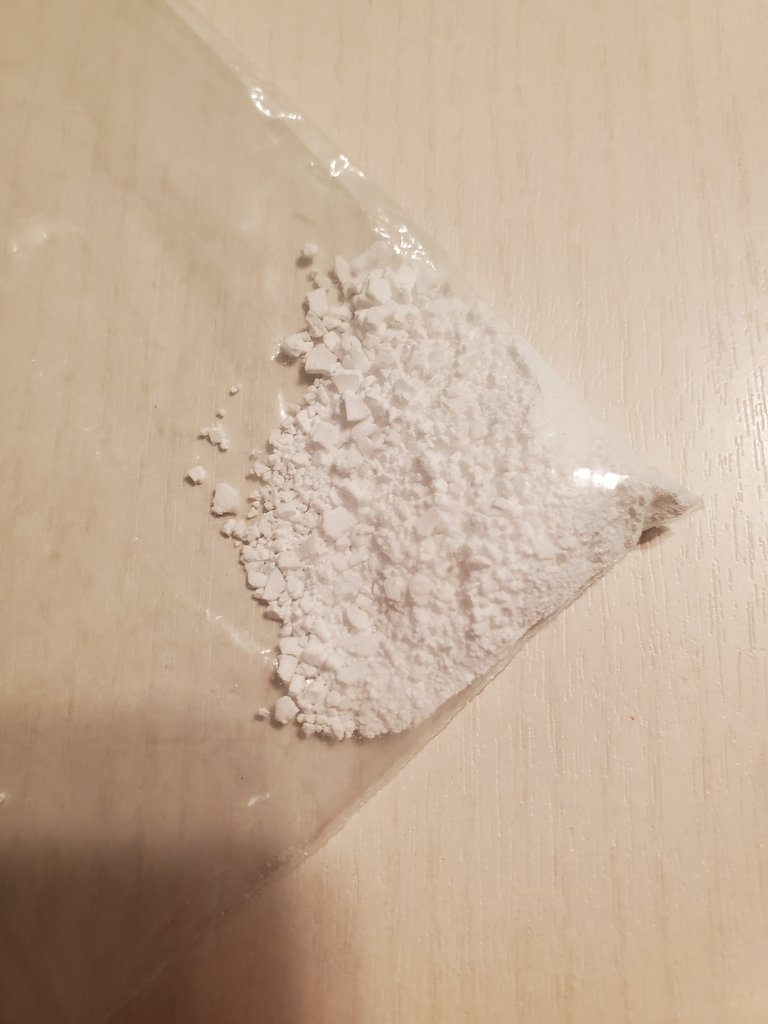If you check for list of unusual deaths, you would find the name of Vladimir Likhonos, a 25 year old student on Wikipedia. On the 2nd of December 2009, the student from Konotop, Ukraine was in his room when his family heard a loud bang which came from his room. They rushed there and found that his lower jaw had exploded. They called the emergency unit immediately but when they arrived, there was nothing that could be done about the case. All fingers pointed at Chewing gum because he was known to chew gums a lot and there were a lot of wrappers on his desk.

First, the death looks unusual and you might be wonder what harm chewing gum can do the body because that chewing gum really looks innocent but asides from the case of an exploding chewing gum which is really unusual like Wikipedia titles it, we cannot deny that gum can lead to some health issues, such as the case of a young lady who had chewing gums in her stomach because she chewed and swallowed them. The chewing gum led to symptoms such as seizure, deficiency in nutrients like magnesium, calcium, sodium, and potassium. The patient was said to have suffered cerebral hypoxia as a result of convulsion and electrolyte depletion.

A lot of people have passed away from chewing gum related issues but the one of explosion is a little worrisome. For the patients with gum in her stomach, it is not clear if the depletion of nutrient was as a result of the chewing gum blockage in the stomach or the artificial sweeteners present in large amount in the gum. Before we continue, let me say that excess chewing and swallowing of gums could be dangerous to your health.
The majority of problems caused by gums are cavity, tooth decay, and gum disease. It can also cause damage to the temporal mandibular joint but exploding isn't one of it. For Vladimir, once he chewed a gum and it had lost its taste and become denser he doesn't throw away the gum, bu what does it do to it?
Investigators found a white substance n his table and when they checked, it was citric acid. Citric acid in food and drink preserve the flavor of the food and drink, in personal care and cosmetics, it prolong the shelf-life of the product. It is also used in household cleaners for stain remover, in disinfectant for killing microbes, and in medicine for treating metabolic acidosis and kidney stones. it is also found in oranges, and other citrus food.

In the 1900s, researchers discovered that Aspergilus niger can produce citric acid when it feeds on sugar. While scientists began to mass produce citric acid synthetically, it should be stated that the majority of the citric acid produced by black mold is safe to consume and I use the word majority because there have been a few reports which have indirect connection to the synthetically made citric acid where people suffer shortness of breath, stomach pain, and stiff joints muscles. There haven't been a direct connection to the citric acid itself, rather the mold residue from the production of the citric acid and since this cases are rare, citric acid is safe to consume.
Vladimir would dip the gum into the bag of citric acid so it would either retain or reinvent the flavor thereby allowing him to chew the gum for a long time. Citric acid could born holes in the mouth tissue but causing an explosion is something that doesn't happen with citric acid. So we can say that it wasn't the cause of the explosion, Actually not really. When powdered or granular citric acid becomes airborne, and exposed to a spark, it has the tendency of exploding.
But there wasn't a lighter or match on his desk to spark a fire to the citric acid, so it wasn't the cause, but on his table, he had 100 gram of an explosive white powder which was also in a bag just like the citric acid. So investigators believed that instead of dipping his gum into the white citric acid powder, he dipped it into the highly explosive powder in the other bag. This was the theory that was thrown around by investigators. How did he get the powder? Well, he was a chemistry student of Kiev Polytechnic institute and he was in the electrochemical department of the polytechnic. So he must have gotten a clearance for the powder possibly for a research before things went wrong.
So what was the substance? Explosive like TNT, and HMX are white powdered form resembling citric acid and since they are odorless, one can mistake them but these are high explosives that cannot be readily available in a school laboratory as they are hard to find. Another substance that could be mistaken for citric acid is AgCNO (Silver fulminate) but since it is extremely reactive, keeping it in a storage bag is not recommended so another suspect would be Acetone Peroxide or Tetrameric Acetone Peroxide (TATP) which shares similar properties to be mistaken with citric acid since it is white and it is powdery but this is illegal to be used or possessed personally in some countries. Tetrameric Acetone Peroxide (TATP) is sensitive to friction, heat and shock, and it is unstable. For the name not to be mentioned, it looks like he wasn't supposed to be with it.
Post Reference
https://www.independent.co.uk/news/world/europe/exploding-bubble-gum-kills-student-1837673.html
https://www.ctvnews.ca/chemistry-student-killed-by-exploding-chewing-gum-1.463348
https://nypost.com/2023/05/27/5-year-old-swallows-40-pieces-of-gum-mass-forms-in-stomach/
https://www.theguardian.com/uk-news/2015/may/05/chewing-gum-role-teenagers-death-inquest
https://pubchem.ncbi.nlm.nih.gov/compound/Triacetone-triperoxide
https://pubs.acs.org/doi/10.1016/j.jchas.2011.07.010
https://study.com/academy/lesson/silver-fulminate-solubility-reaction-synthesis.html
https://www.ncbi.nlm.nih.gov/pmc/articles/PMC7162131/
https://scrubsmag.com/4-year-old-hospitalized-after-ingesting-40-pieces-of-gum/
https://pubmed.ncbi.nlm.nih.gov/9685468/
Image Reference
Image 1 || Pexels || Chewing Gum
Image 2 || Google Search Screenshot
Image 3 || Wikimedia Commons || Aluminium citrate
Image 4 || Wikimedia Commons || Tetrameric Acetone Peroxide


